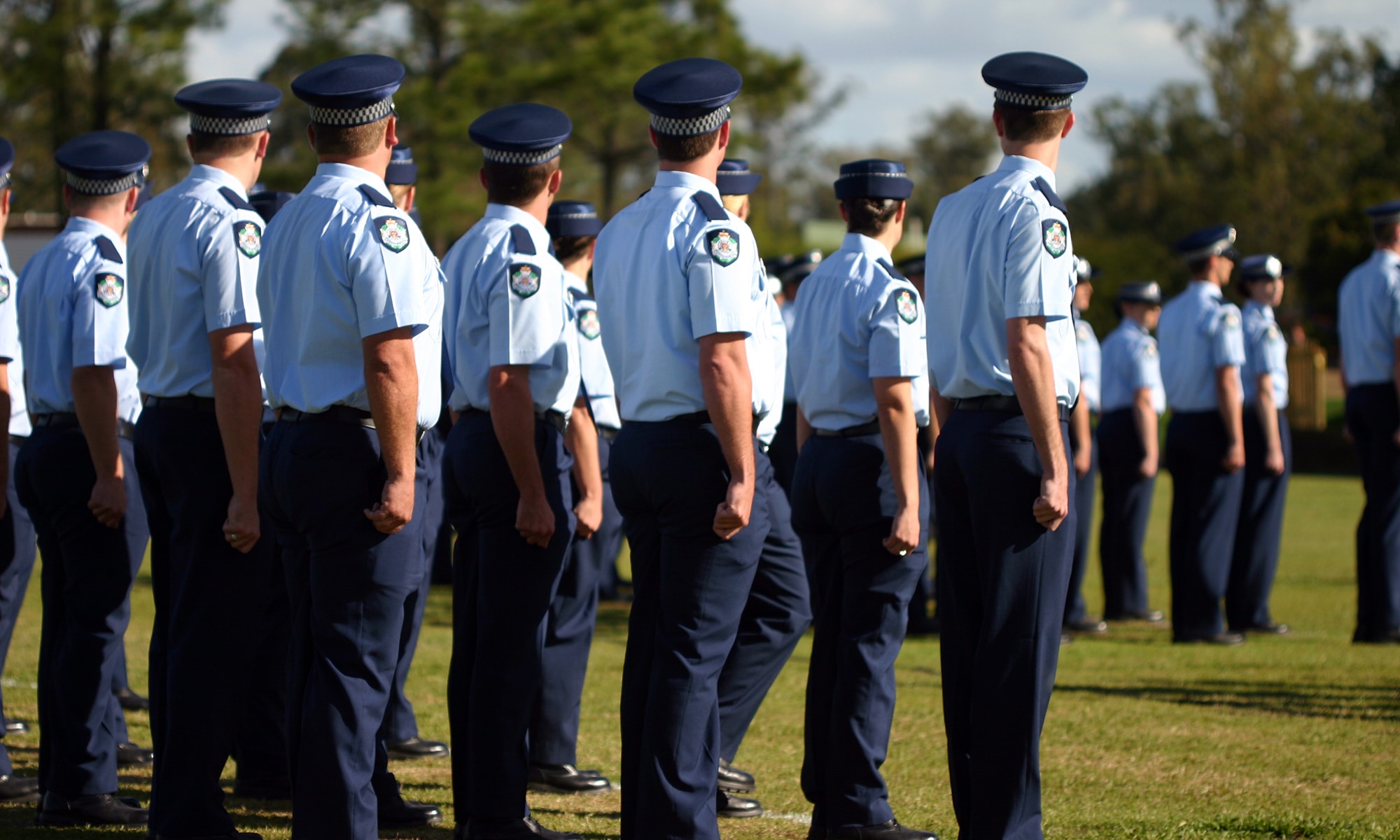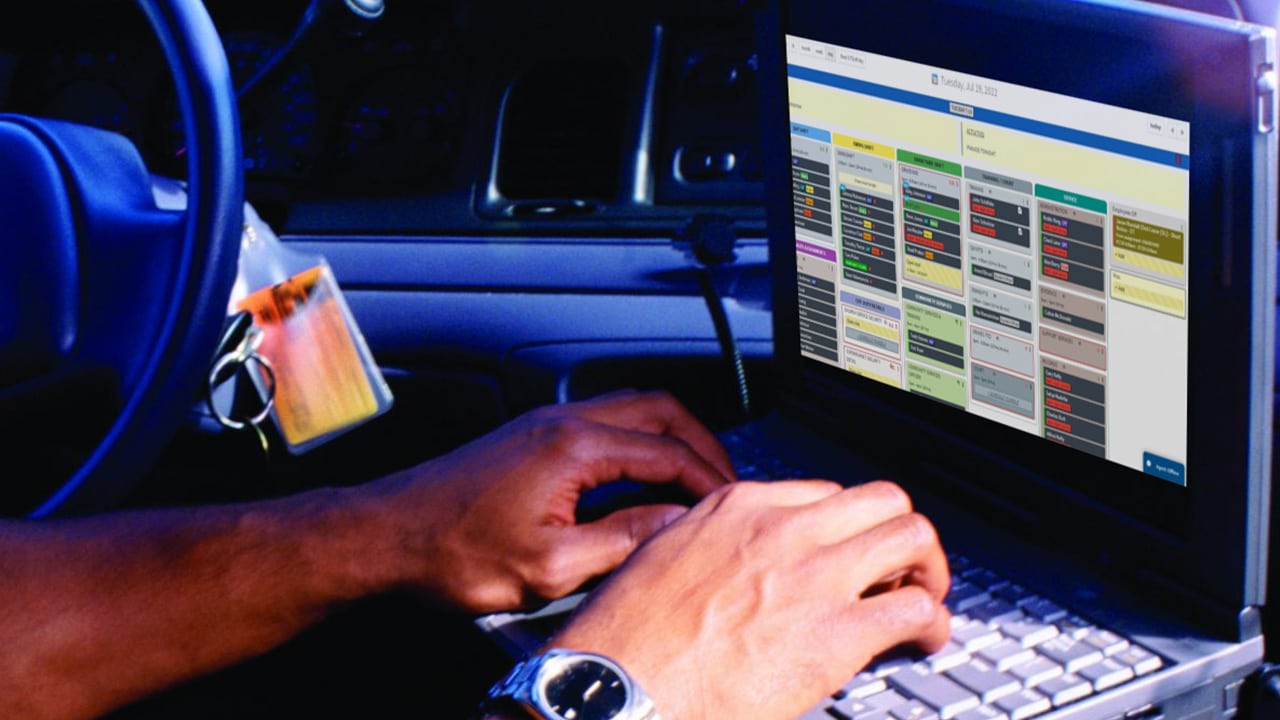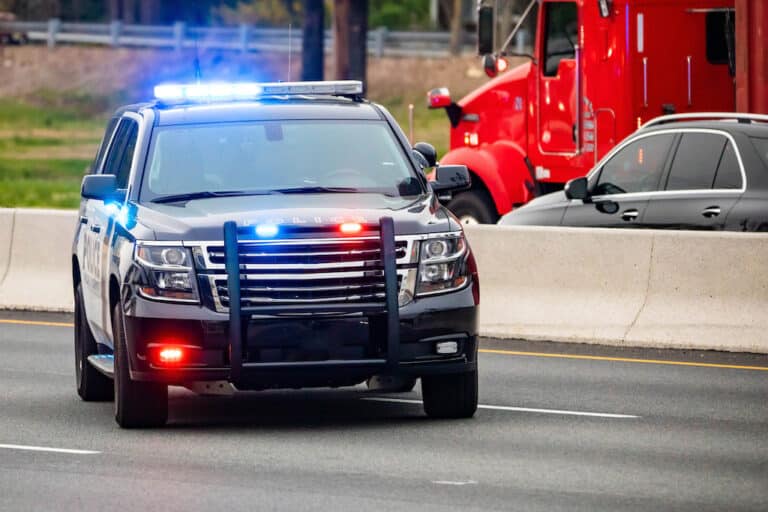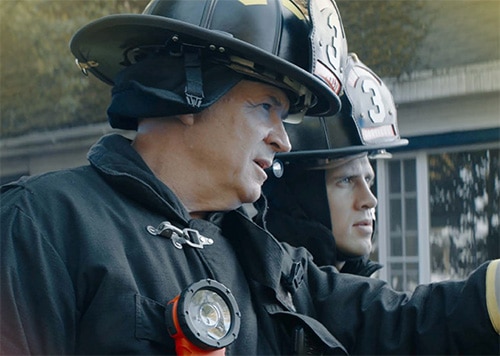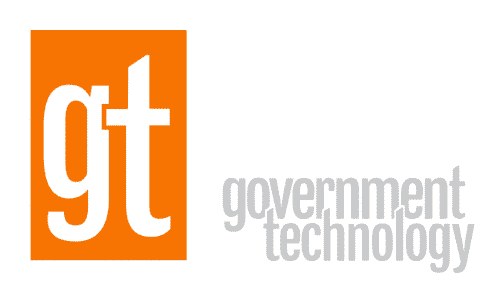Industry:
Solution:
Military training environments are growing exponentially
In today’s volatile geopolitical environment, the demands placed on military training environments are growing exponentially.
Commanders are struggling with significant resource constraints and resorting to extraordinary measures to accomplish their vital training mission.
In most cases, military schoolhouses are conducting training operations with insufficient staff, equipment, and resources. The current pressures on military training operations may negatively affect military readiness if the situation is not addressed.
Training Transformation (T2) acknowledges that we must dramatically change how we prepare our troops, going from deliberate to adaptive war planning, and the consequent need for flexibility, agility, and adaptability. T2 also has prompted a shift to the capabilities-based approach and a state of continuous transformation.
Now, military commands need to evolve the way they manage, resource and conduct training operations. To quickly deploy and employ prepared forces, we must rapidly implement lessons learned, anticipate operational training needs and continuously adapt training practices and technologies.
Our paper will explore some of the root causes of the perfect storm:
- Demands for military readiness combined with constrained resources, which is creating significant barriers to the implementation of T2.
- The fragmentation of legacy and single-service scheduling, training and logistics processes and systems that ultimately reduce training outputs contribute to the degradation warfighter readiness.
We will also explore proven solutions for resource-constrained training environments:
- Proper application of fully integrated, next-generation technology suites
- Leveraging such systems as force multipliers to counteract unexpected surges in demand
- Agile training capabilities
- Accurate measurement of training performance.
We will discuss core principles for managing demand surges in the military training pipeline and discuss the application of technology to solve the complex problem of training scheduling, administration and logistics.
Finally, we will outline lessons learned and best practices for commanders to consider as they modernize their training processes.
To cite this article:
Vidali, Ari. “Surviving the Perfect Storm: Ensuring Readiness with Integrated Training Technologies” www.vectorsolutions.com, November 2010.




